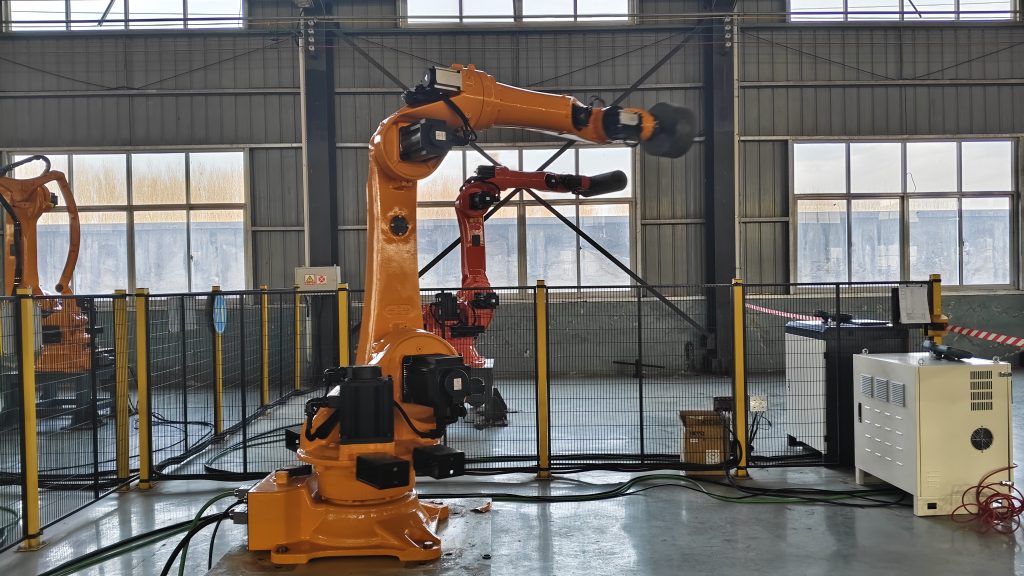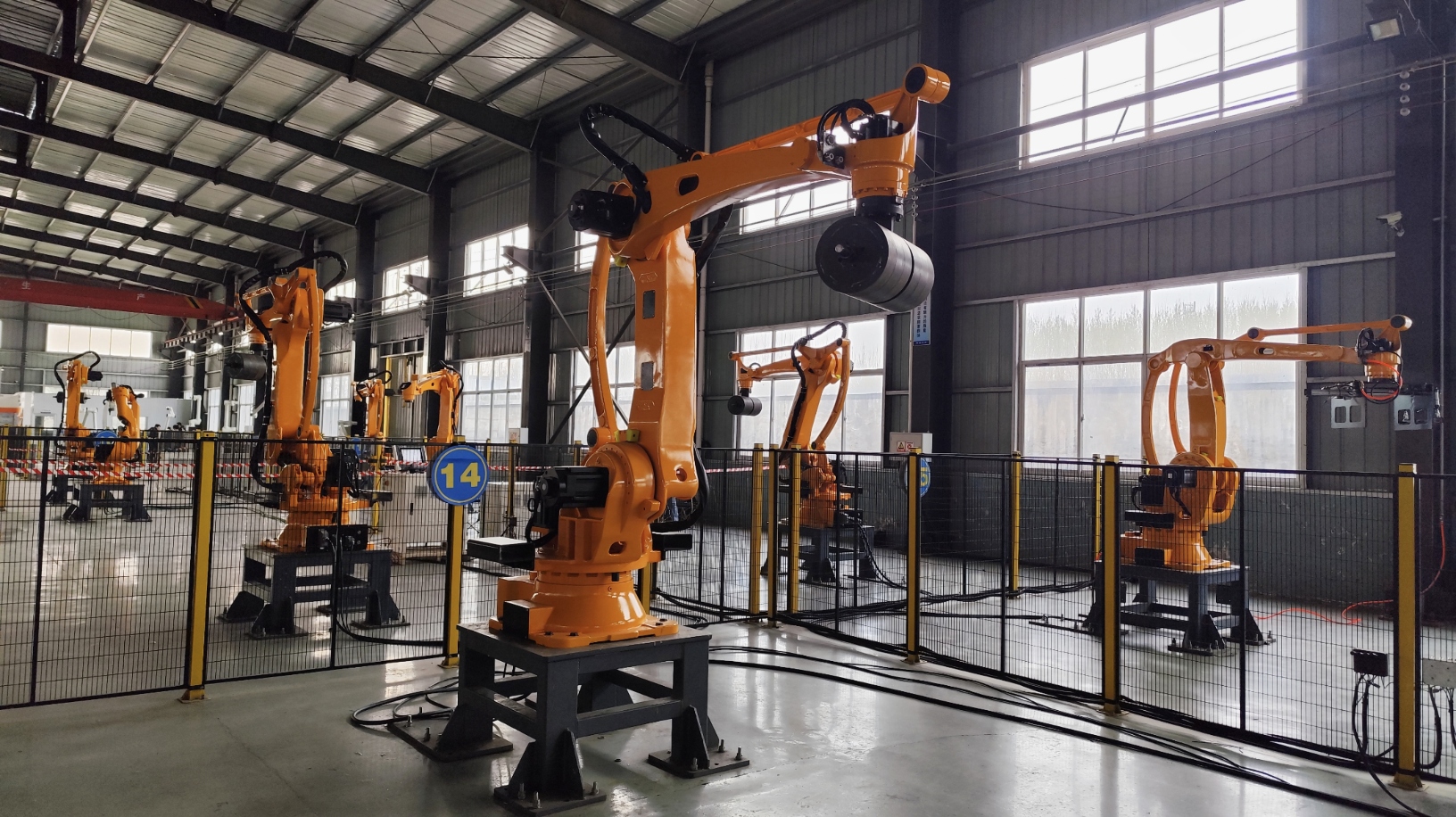On the stage of modern manufacturing, automated industrial robotic arms are quietly changing the way of production, from traditional manual operations to highly accurate intelligent production. These robotic arms are gradually transforming from "steel giant arms" to the "smart hearts" of factories. They are not only labor substitutes in factories, but also an important force to promote production efficiency, optimize manufacturing processes, and improve product quality. With the continuous development of technology, robotic arms are reshaping modern production at a speed and in a way that cannot be ignored.
Initially, industrial robotic arms were seen as a sturdy and rugged "steel giant arm". They appeared in manufacturing workshops to complete repetitive, heavy handling and assembly tasks. At that time, the functions of robotic arms were relatively simple, emphasizing strength and durability. Although they greatly improved production efficiency, they did not completely change the production model and were still a "supplementary force" on traditional production lines.
However, with the introduction of technologies such as artificial intelligence, big data, and the Internet of Things, the "intelligent" transformation of robotic arms has quietly taken place. They no longer rely solely on simple programs and preset actions, but have a high degree of adaptive ability, able to make decisions and adjustments in uncertain and complex environments. This makes industrial robotic arms no longer just manual laborers, they have gradually become the "smart heart" of modern factories, controlling every detail in the production process.

One of the advantages of industrial robotic arms is that they improve production efficiency and precision. Compared with traditional manual operations, robotic arms can complete tasks at a higher speed and in a more accurate manner. For example, in the automotive manufacturing industry, robotic arms can perform tasks such as welding and assembly with millimeter-level precision, which not only greatly improves production efficiency, but also ensures product consistency and quality. With the development of machine vision and deep learning technologies, robotic arms can continuously optimize motion paths through image recognition, environmental perception, and self-learning, thereby further improving the precision of the production process.
This accurate automation capability is not only reflected in the speed of the production process, but more importantly, it can eliminate errors caused by human factors. In traditional manual operations, workers may cause errors due to factors such as fatigue and improper operation, while the robotic arm can maintain stable operation for a long time, avoiding these uncertainties.
Although the introduction of automated robotic arms has replaced traditional labor positions to some extent, its more important significance lies in "liberating" labor, freeing workers on the production line from heavy, repetitive and dangerous tasks. Traditional manufacturing workers may need to engage in high-temperature and high-intensity work for a long time, while robotic arms can replace these workers in performing more dangerous operations, reducing the occurrence of work-related injuries and occupational diseases.
More importantly, the application of robotic arms enables workers to shift to more creative and high-value-added work areas. For example, in intelligent workshops, workers are no longer just operators, but more of "monitors" and "problem solvers" who collaborate with machines. They need to ensure the smooth operation of automated production processes through remote monitoring, data analysis, and machine debugging. Such a transformation not only improves workers' job satisfaction, but also makes the production process more flexible and personalized.
With the continuous development of technology, automated robotic arms are moving towards a higher level of intelligence. For example, the emergence of collaborative robots enables robotic arms to not only work independently, but also collaborate with human workers more efficiently and safely. This human-machine collaboration model can play an advantage in flexible production, especially for small and medium-sized batches and multiple varieties of production needs. Through accurate data transmission and real-time feedback, robotic arms can adjust their working methods according to changes in demand, achieve personalized customized production, and further improve production flexibility and market response speed.
Not only that, intelligent production also makes predictive maintenance possible. Through the Internet of Things technology, the robot arm can monitor its own operating status in real time, predict potential failures, and issue warnings and adjustments before problems occur. This "unmanned" management mode greatly reduces downtime and economic losses caused by equipment failures.
From "steel giant arms" to "smart hearts", automated industrial robotic arms are no longer simple production tools, but indispensable intelligent drivers in modern manufacturing. They not only improve production efficiency and optimize production processes, but also change the way workers work, and promote the intelligent and personalized development of the entire industry. With the continuous advancement of technology, we have reason to believe that future robotic arms will continue to lead the transformation of production methods and bring more intelligent, efficient and personalized solutions to the manufacturing industry.

Hello, the current customer service is offline. You can leave your contact information and the staff will respond to you as soon as possible!